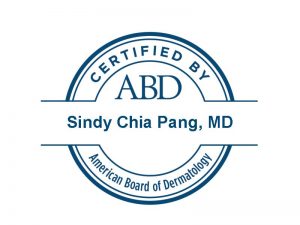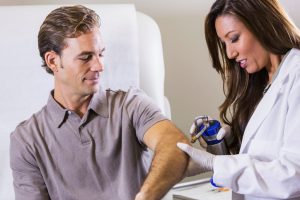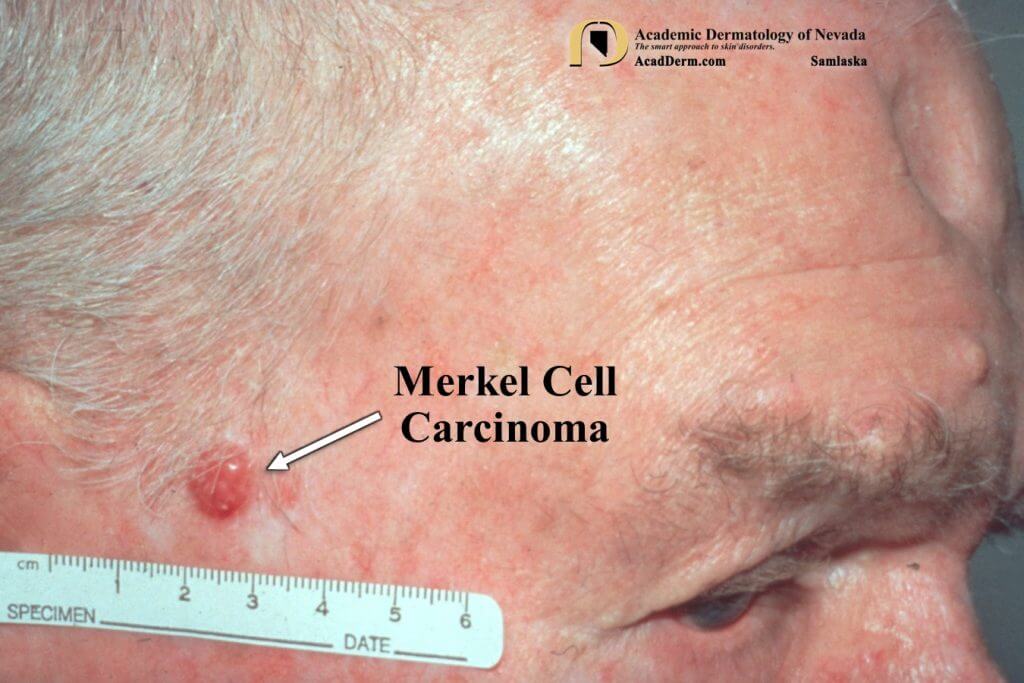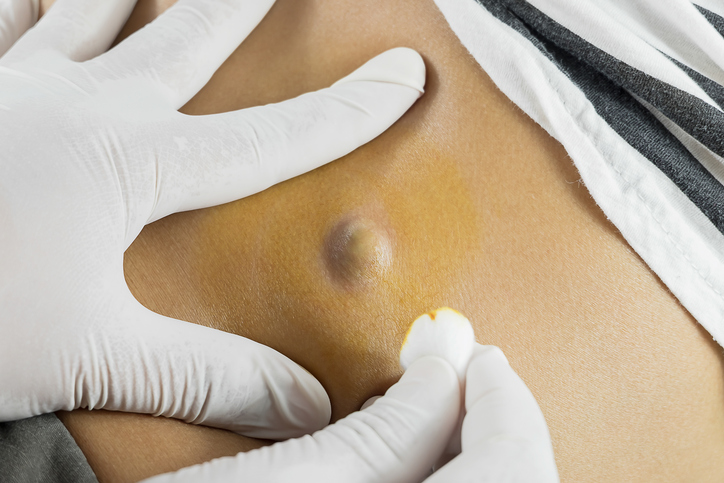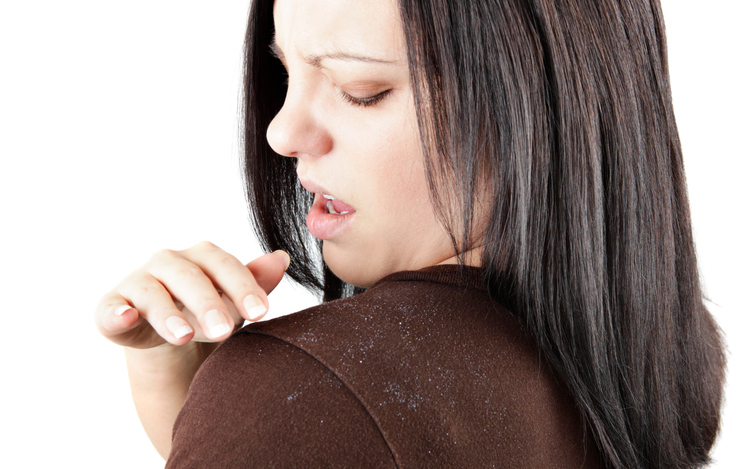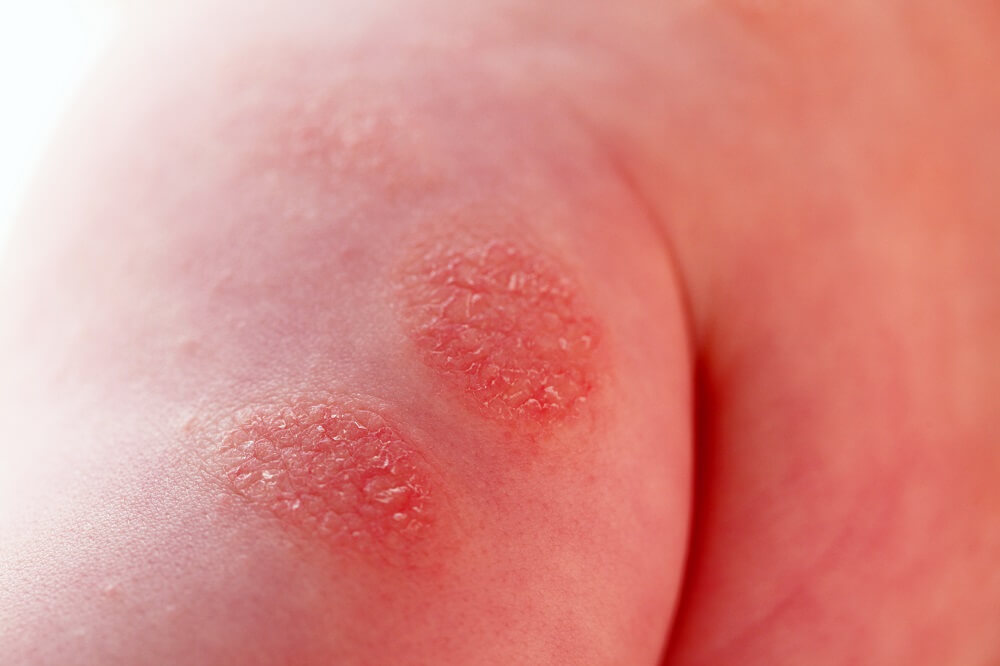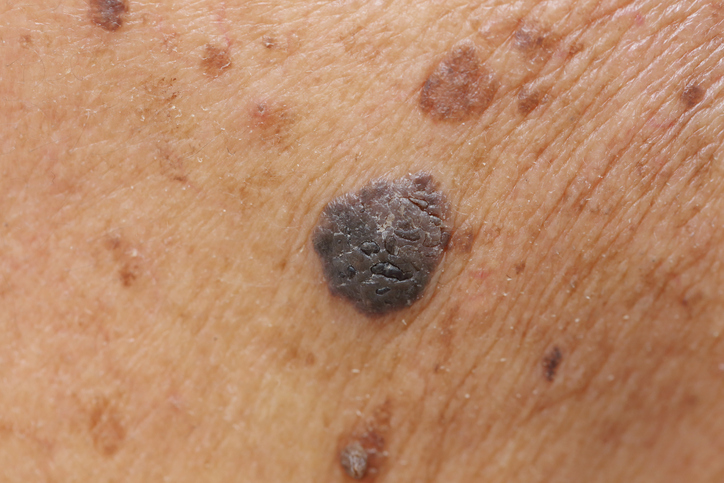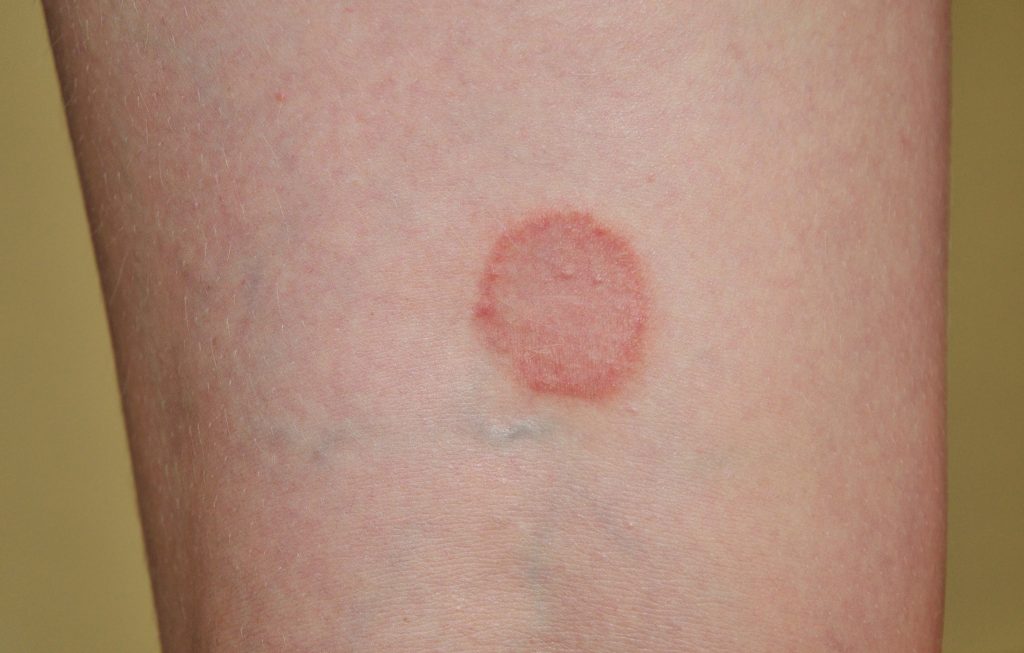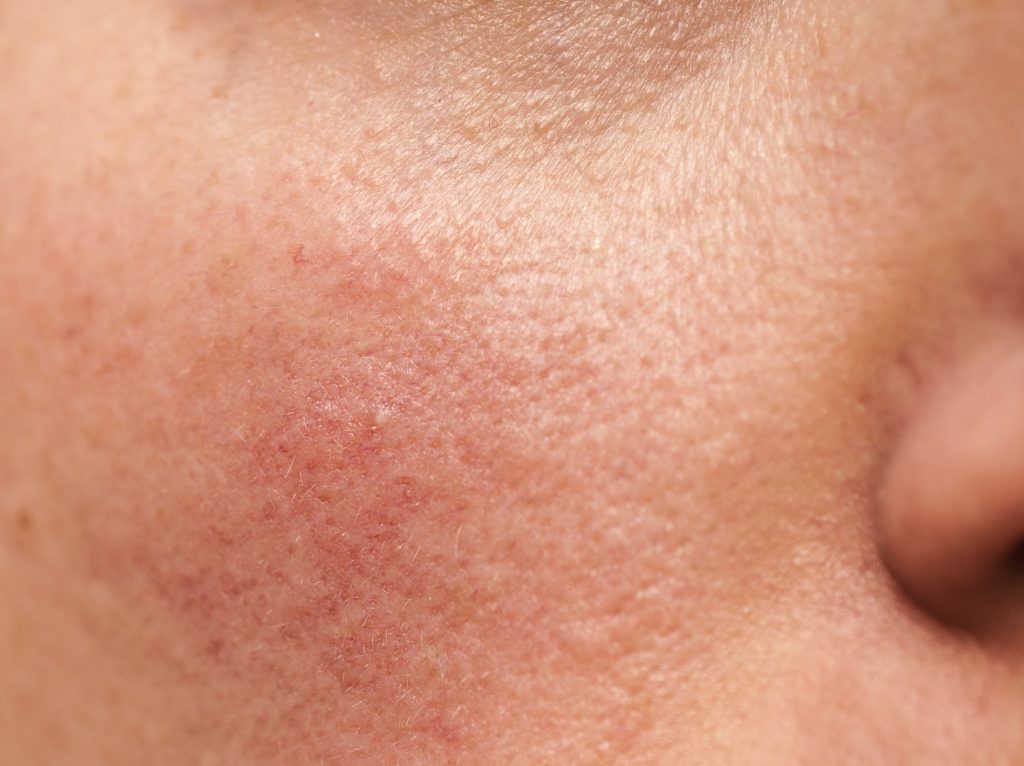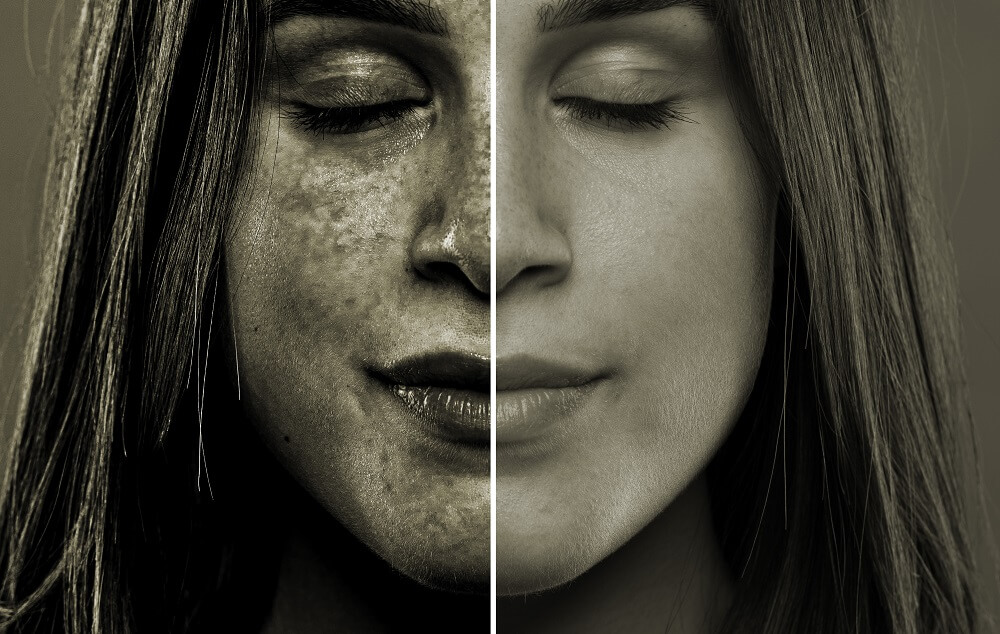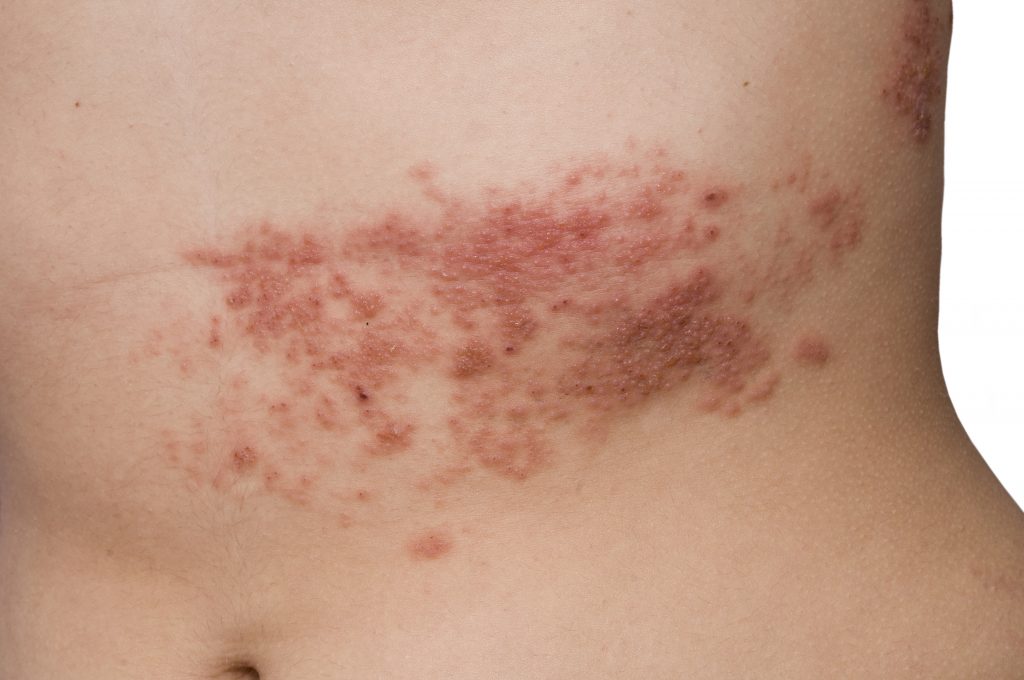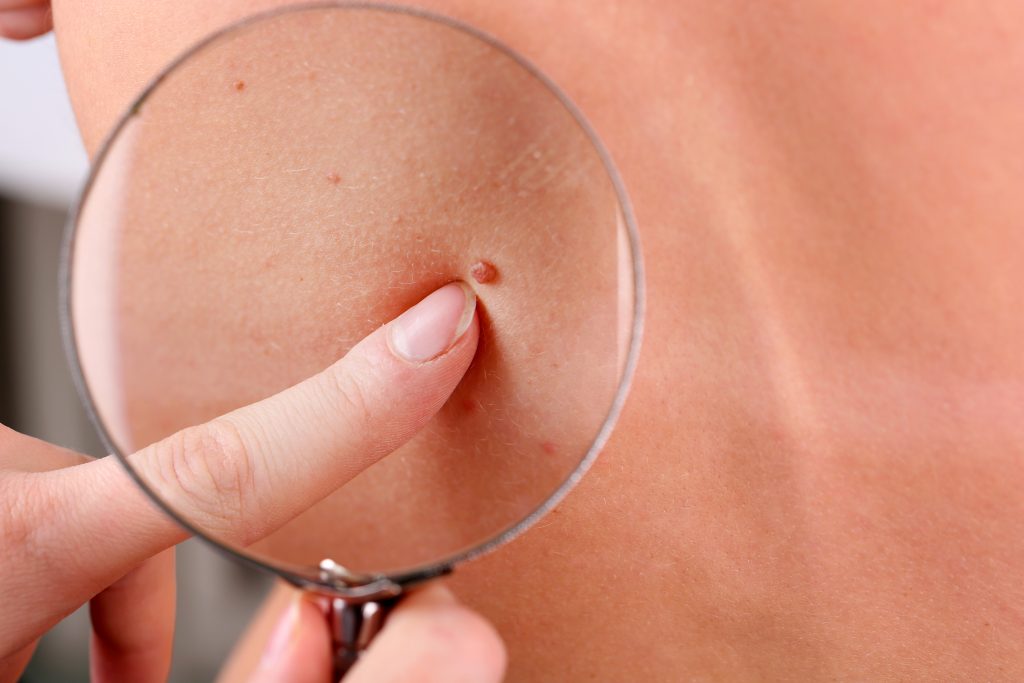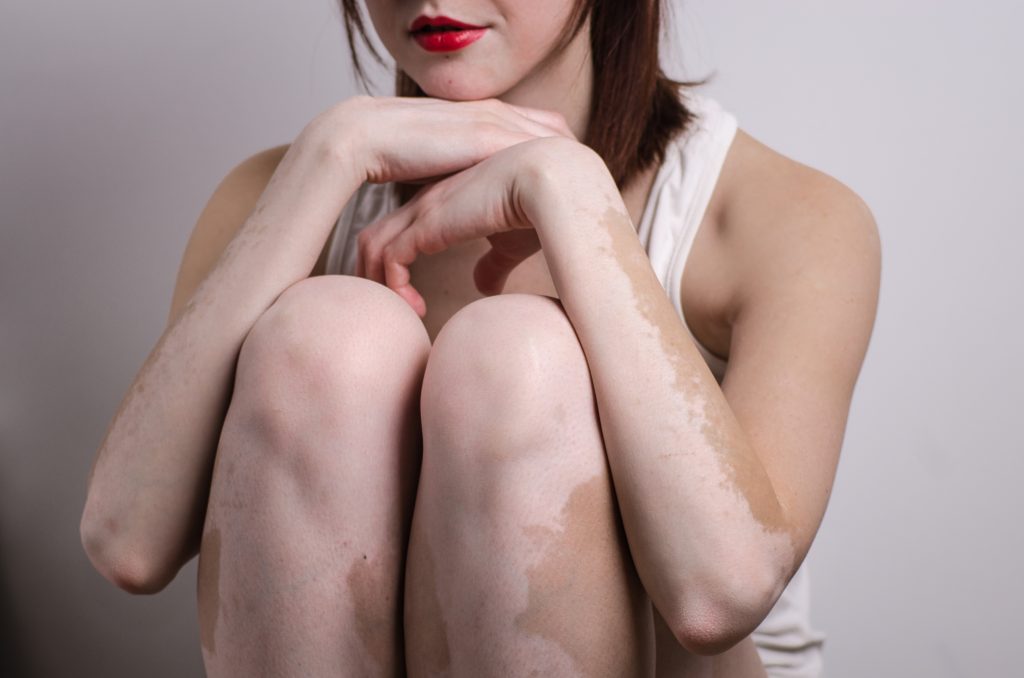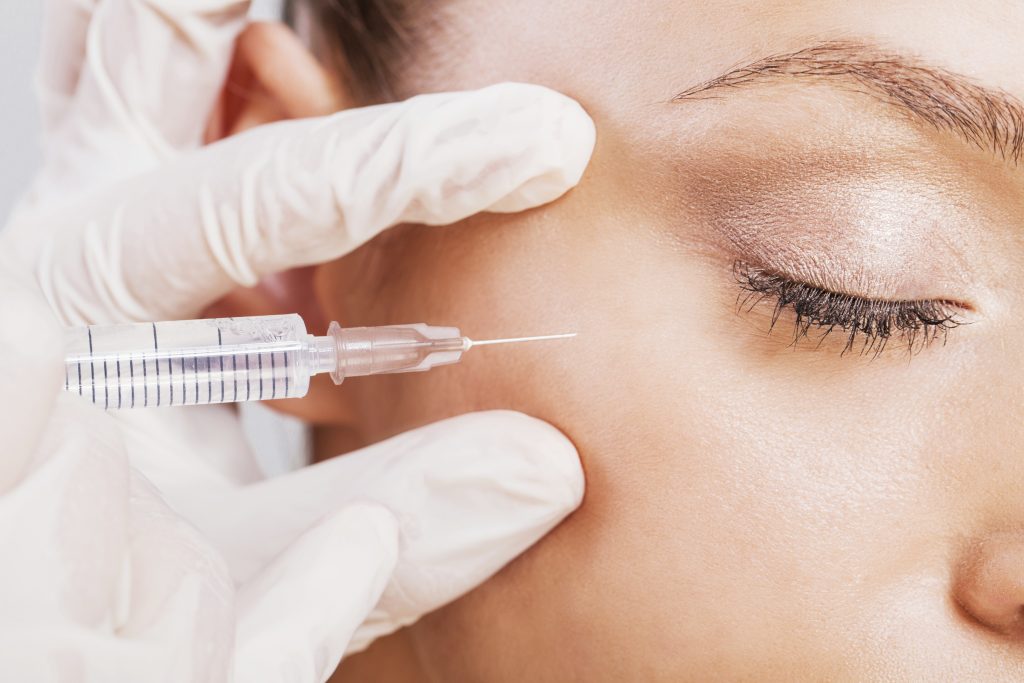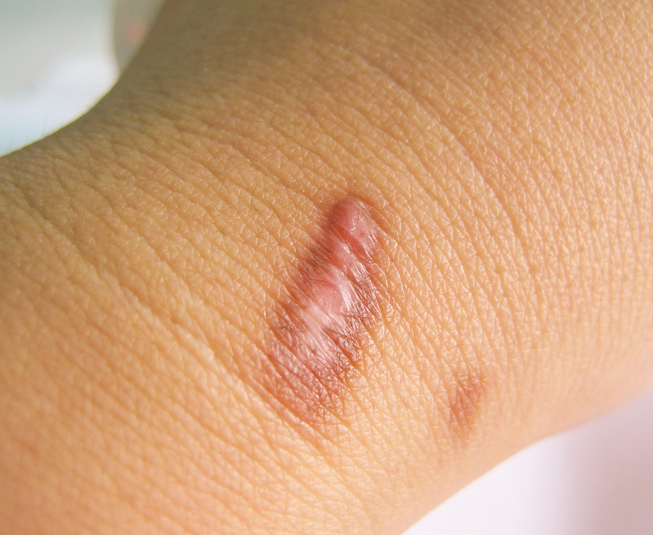Sindy Pang, MD, FAAD
Board-Certified Dermatologist
Fellow of the American Academy of Dermatology
Dr. Sindy Pang grew up in Ames, Iowa. She graduated magna cum laude from Brown University and received her medical degree from the University of Iowa. Dr. Pang completed her Dermatology Residency at the University of Texas Health Science Center and MD Anderson Cancer Center. She served as Chief Resident during her final year of residency.
Dr. Sindy Pang is board-certified by the American Board of Dermatology. She is a member of the American Academy of Dermatology, Houston Dermatological Society, Harris County Medical Society, and the Texas Medical Association. Dr. Pang practices general and cosmetic dermatology. She believes in treating every patient as a unique individual and customizing their skin care regimen. She enjoys educating her patients about good skin care and strives to help everyone look their very best.
Dr. Sindy Pang enjoys spending time with her husband and four children in her free time.
Dr. Sindy Pang treats patients in Houston, Texas at U.S. Dermatology Partners Bellaire, formerly Medical Center Dermatology.
Featured Articles
Featured Blogs
- U.S. Dermatology Partners Houston South & Main Relocates to a Newly Renovated Bellaire Office
- Why Daily Sunscreen Use is Important – Even When You’re Inside
- What Should I Know About Ringworm?
- Keep Skin in Tip-Top Shape During National Healthy Skin Month
- Eeek! Tackling Scary Skin Issues
- U.S. Dermatology Partners Continues to Strengthen Its Presence in Texas by Welcoming Rabin-Greenberg Dermatology
Clinic Locations
Insurance Plans Accepted By Sindy Pang, MD
- Aetna
- Ambetter
- Americas Choice Provider Network (ACPN)
- Amerigroup
- Anthem
- Blue Cross Blue Shield (BCBS)
- CareNCare
- Christus
- Cigna
- Devoted Health
- First Health
- GEHA
- Golden Rule
- Health Smart
- Healthcare Highways
- Medicare
- Memorial Hermann Health Plan
- Multiplan
- Mutual of Omaha
- Oscar Health
- Private Healthcare Systems (PHCS)
- Provider Select
- Railroad Medicare
- Three Rivers Provider Network (TRPN)
- Tricare
- TriWest Healthcare Alliance (TriWest)
- United Healthcare (UHC)
- Wellcare
- WellMed
Sindy Pang, MD accepts most major insurance plans. If your plan is not listed above, please contact the office to verify coverage.
What Our Patients Say
Source : Healthgrades – Apr 07, 2024
Source : Healthgrades – Mar 27, 2024
Source : Healthgrades – Mar 22, 2024


